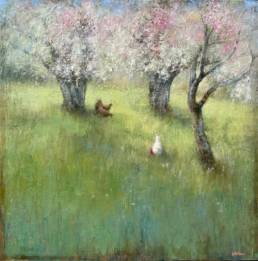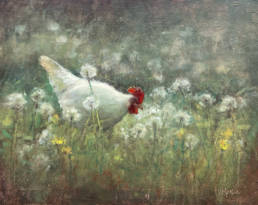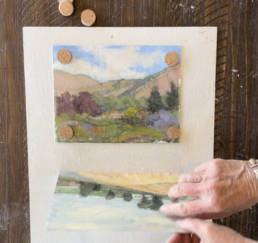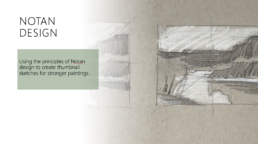For centuries, artists have been captivated by painting the perfect sunset. During the 19th century, Luminism, Tonalism, and Impressionism focused on light and color to capture the stunning moments of sunsets, blending serenity with energy.
This fascination with sunsets continues with contemporary landscape painters today.
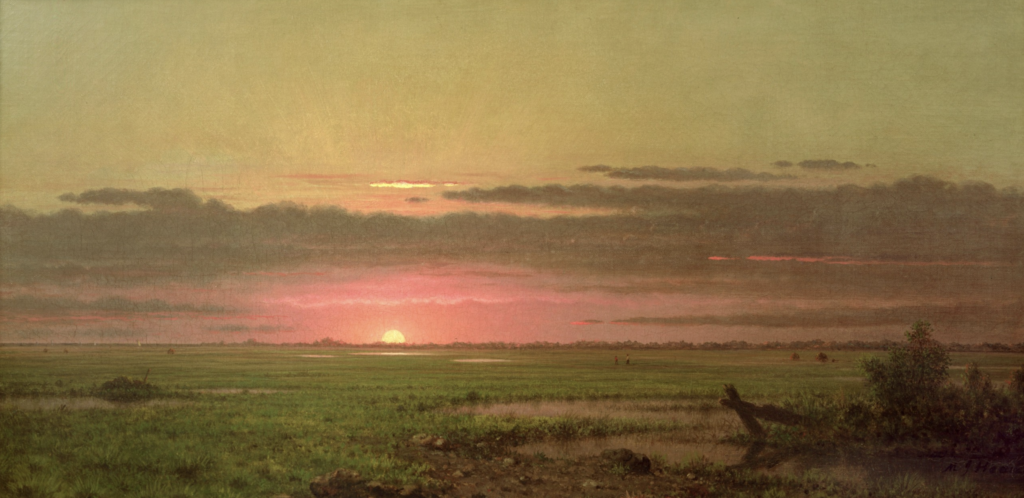
However, capturing the perfect sunset takes a unique and subtle blend of warm and cool colors, plus depicting accurate light and shadow. But, this can be challenging to paint!
Let’s delve into the nuanced approach to painting sunsets to help you paint a lifelike rendition of this daily marvel.
The Warmth of the Horizon
At the heart of every sunset is the horizon. Observe as the sun takes its final bow and you will notice vibrant oranges, glowing yellows, and occasionally soft pinks. These colors symbolize the sun’s direct light as it filters through dust particles in the atmosphere. These colors offer realism and nostalgia to any sunset scene.
Keep in mind that each sunset is different. Sometimes, just before the sun slips away, you might catch the subtle hues of lemon yellow and even a hint of green, a fleeting moment that adds a touch of realism to your canvas.
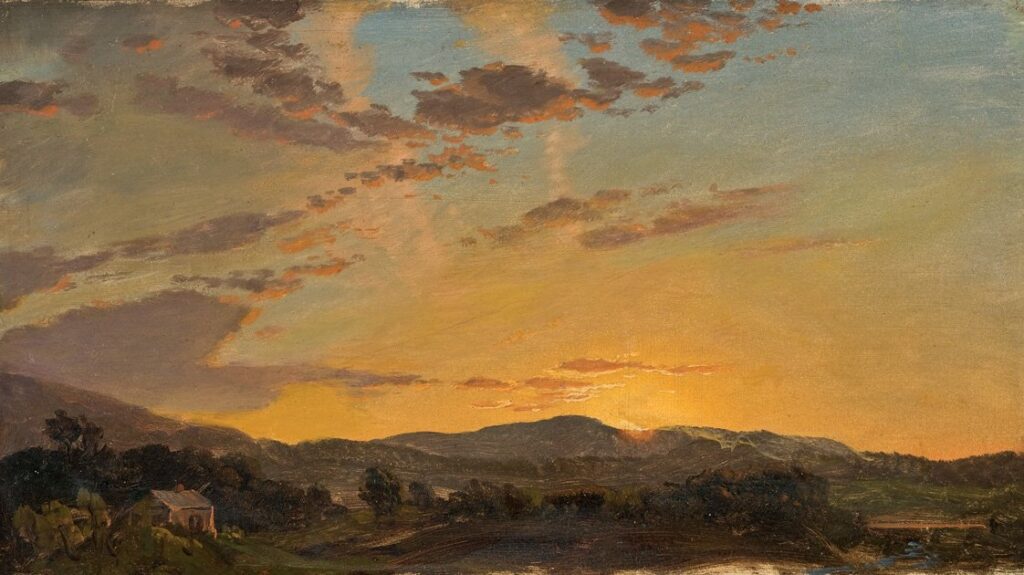
Transitioning Through the Mid-Sky
As your gaze lifts from the horizon, a beautiful transformation occurs. The intense warmth of the lower sky gradually yields cooler, more subtle tones. This middle layer of the sky serves as a canvas for a spectrum of colors, from the passionate reds and romantic pinks to the serene purples, painting a picture of the sun’s lingering embrace with the approaching night.
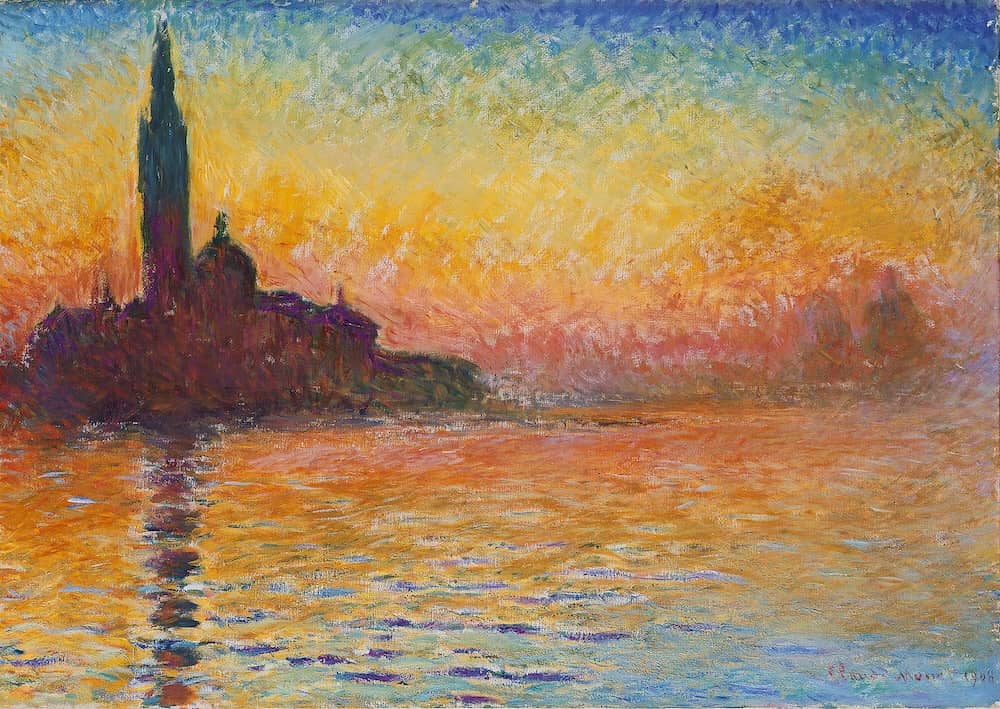
The Cool Calm of the Upper Sky
Moving further up, the sky adopts a cooler palette, with deep purples and various shades of blue taking center stage. Occasionally, a green hue may emerge, a gentle nod to the complex interplay of light and atmosphere. This upper portion of the sky reflects the transition from day to night, offering a tranquil backdrop to the vibrant activity below.
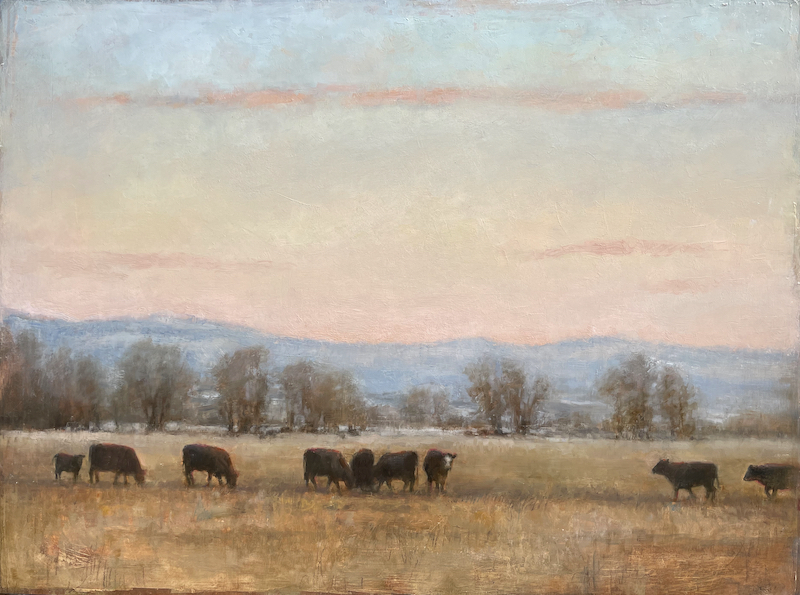
The Role of Clouds
Clouds add a dynamic element to sunsets, their shapes and colors are dramatically influenced by their position in the sky. Near the horizon, clouds may appear darker, absorbing the rich colors below, while those higher up capture the sun’s fading rays, creating a stunning contrast with their silver linings.
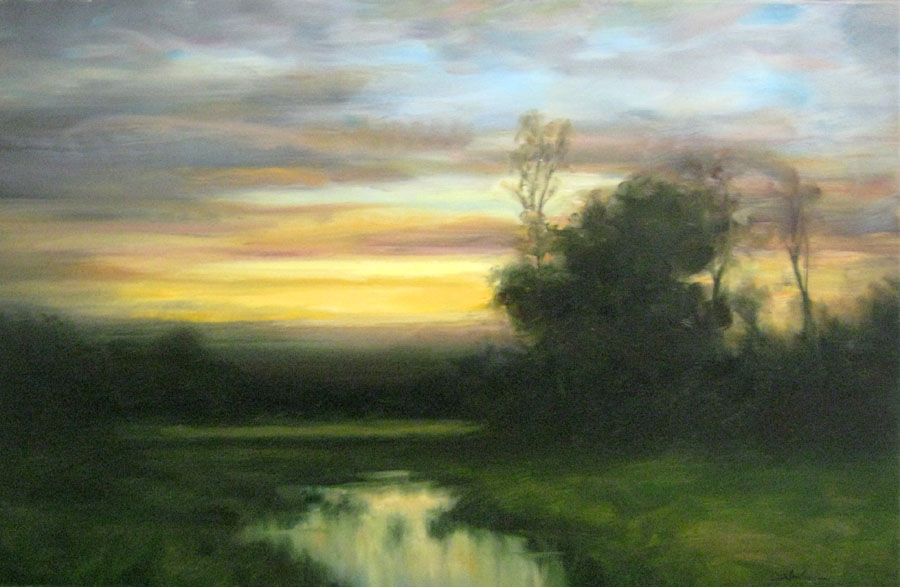
Mastering the Art of Blending
The essence of a realistic sunset lies in the seamless flow of colors across the sky. Achieving this effect requires a delicate touch, with careful blending to ensure a natural transition from one hue to the next. Techniques such as glazing can add depth and luminosity, enhancing the painting’s overall realism.
Capturing Atmospheric Effects
The atmosphere plays a crucial role in painting the perfect sunset, with factors such as clarity and humidity affecting the diffusion of light and the blending of colors. Effects like a soft glow around the sun or a gradual merging of colors can add a layer of depth and authenticity to your painting.
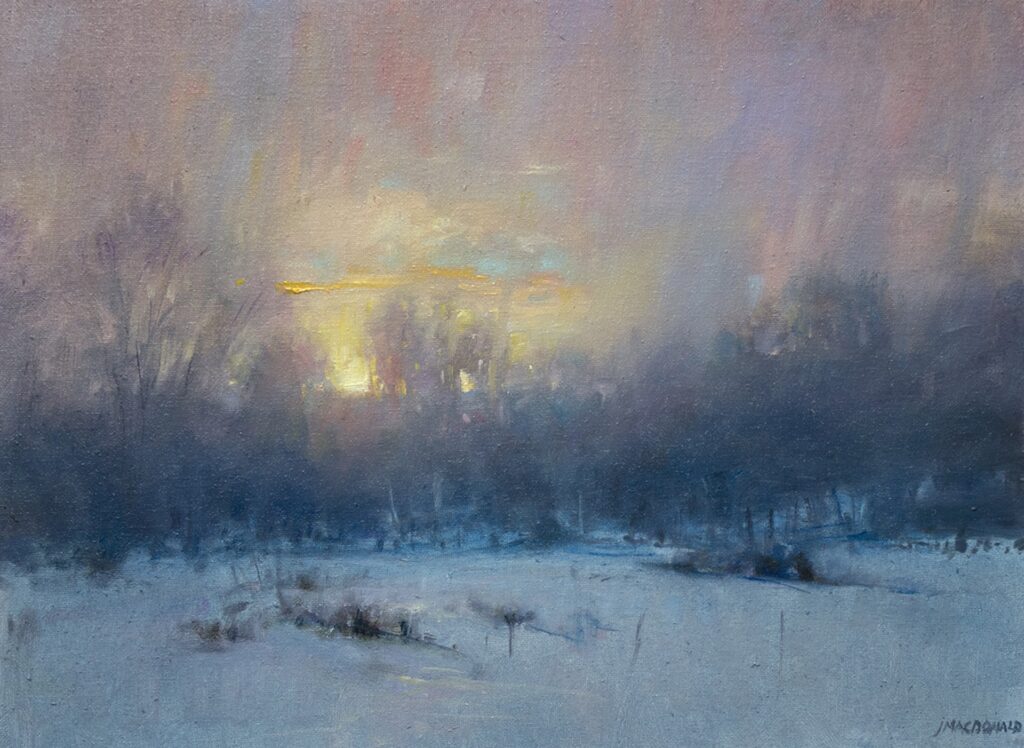
Final Thoughts
While the guidelines provided here offer a foundation, the true essence of painting the perfect sunset lies in observation and personal expression. Each sunset is unique, influenced by a myriad of factors that can transform the sky into a masterpiece of colors.
Get outside and study real sunsets! Experiment with different techniques and mediums. With practice, you can capture the fleeting beauty of these moments, creating works that resonate with the warmth and wonder of the setting sun.
You might also enjoy my new course, “How to Make Your Landscape Paintings Glow!”




